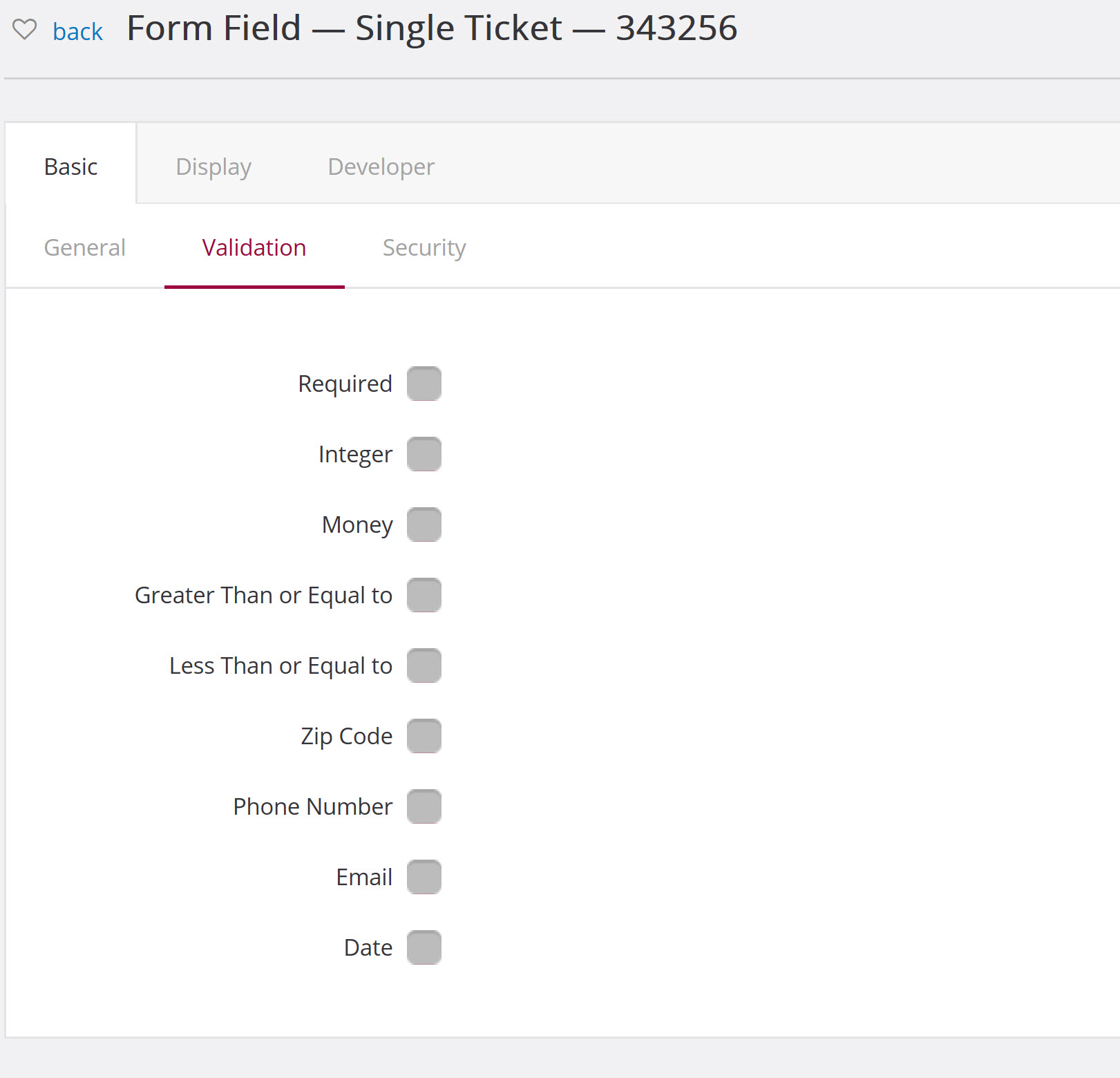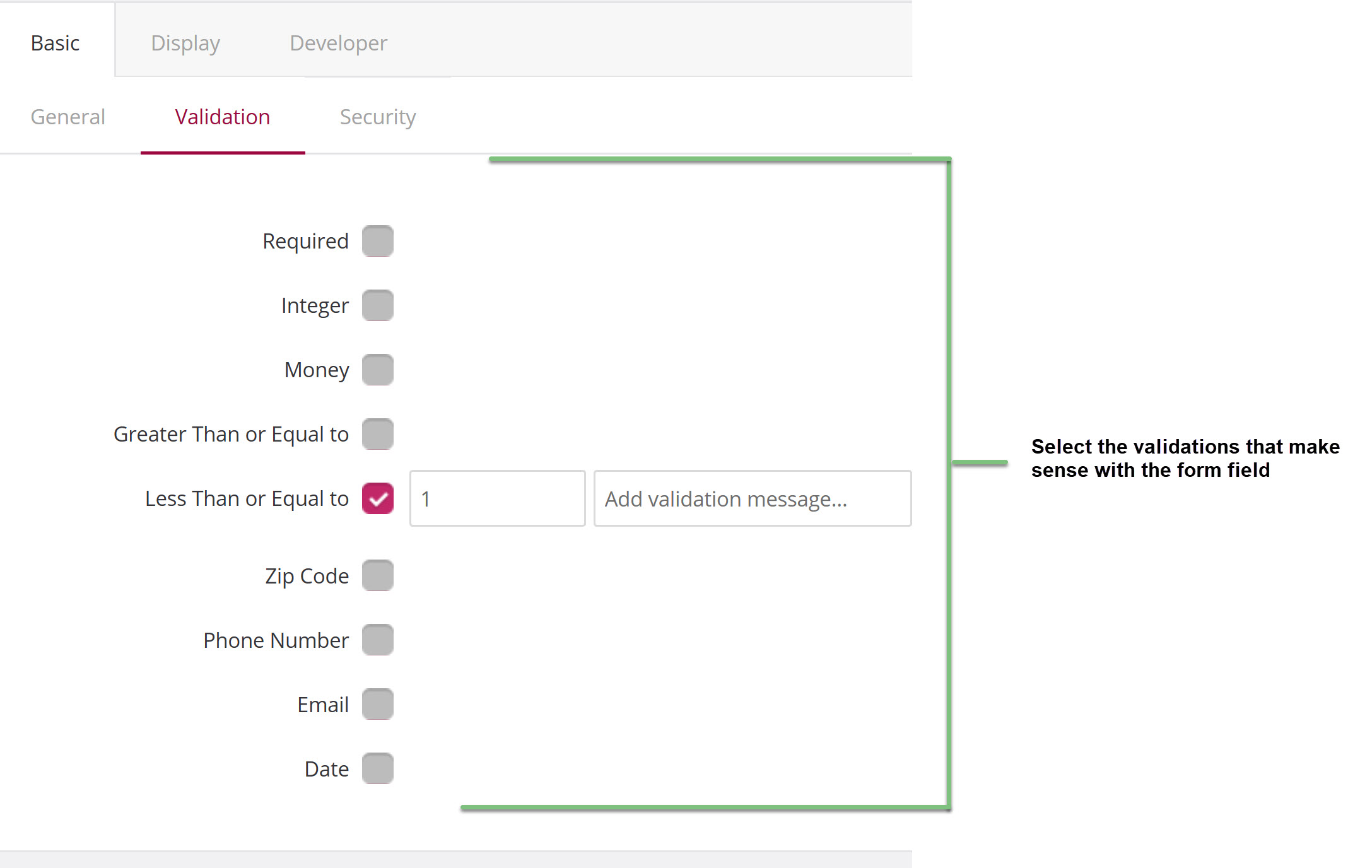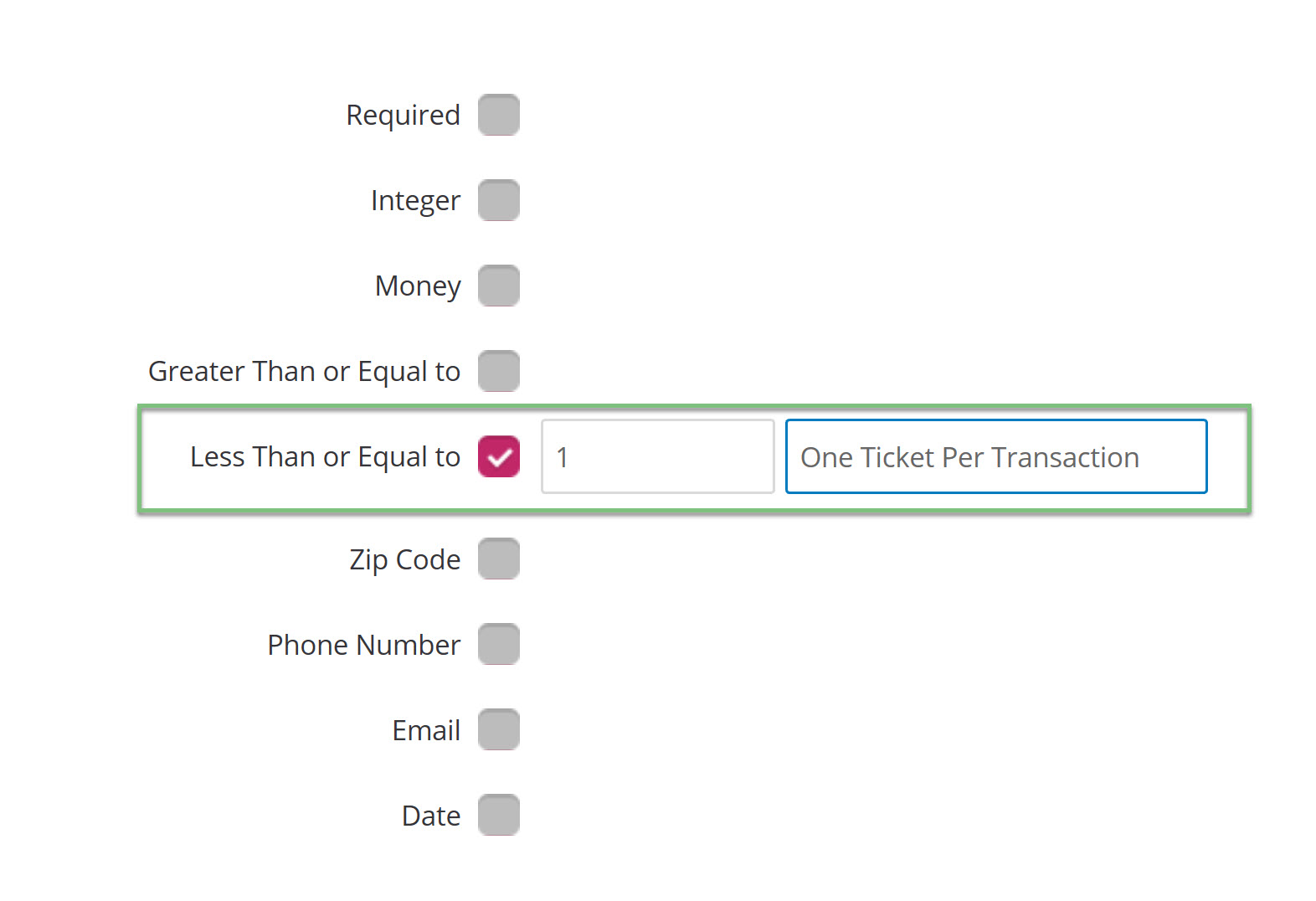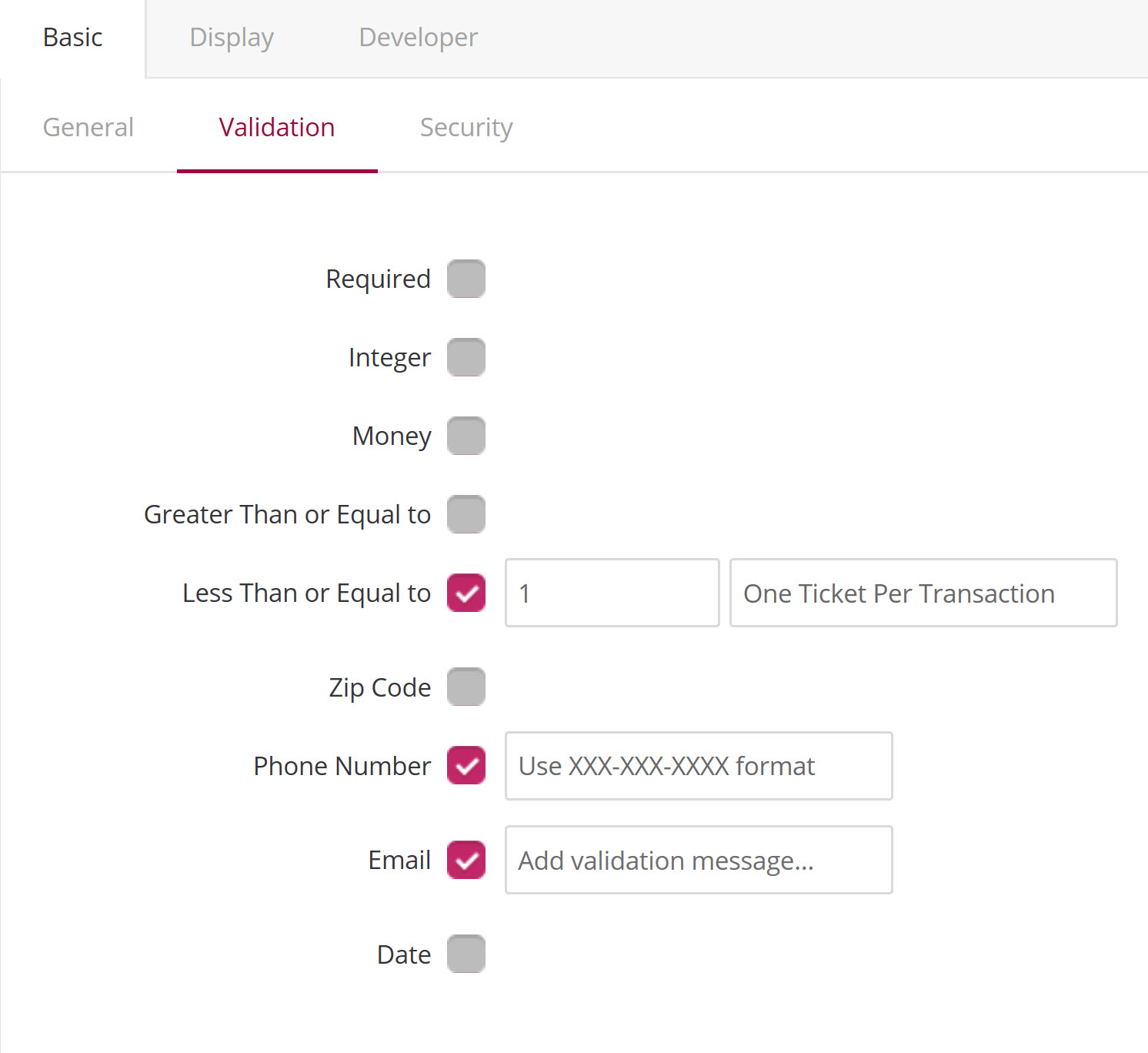Introduction
Welcome to our guide on advanced web form development. In this resource, we will explore advanced techniques and best practices for creating powerful and dynamic web forms that enhance user experience, streamline data collection, and drive conversions.
Table of Contents
Prerequisites
When customizing web forms, it's important to proceed with caution to avoid unintended consequences and maintain the functionality and integrity of the forms. We recommend documenting all modifications made to the form settings for future reference and troubleshooting.Please be mindful of any dependencies or integrations the form may have, as customizations could impact their functionality.
Remember to thoroughly test any customizations before deploying them to production. CharityEngine provides release notification for users. Please be sure to complete end user testing during web form release cycles to ensure customizations were not impacted.
Adding Additional Payment Types

Step 1: Navigate to the Web Forms App > locate form > Actions > Manage
Step 2: Navigate to Layout > Payment Block > Show Fields > Payment Method
Step 3: Click on Display > Advanced > Add New
Step 4: Click on Add: Label – donor facing language, Value – 3 for Check, Default = yes or no > SAVE
Step 5: Click on Developer Tab > General > Element Id: PaymentMethod > Custom CSS Class: PaymentMethod
Step 2:
Configuration App > Design & Messages > Locate Template associated with the web form (if system, create a new custom template and connect to the web form) > Actions > Manage > Screen HTML Page Content > add the following code prior to close the body
<script>
window.addEventListener('load', function(){
var mailInCheckToggle = '<span class="paymentTypeContainer"><input id="mailInCheckToggle" class="paymentTypes" type="radio" data-paymentId="3"><label id="mailInCheckToggleLabel" for="mailInCheckToggle"><i class="fas fa-money-check"></i><span>Check</span></label></span></div>';
document.getElementById('paymentToggleRow').insertAdjacentHTML('beforeend', mailInCheckToggle);
document.getElementById('mailInCheckToggle').addEventListener('click', function () {
handlePaymentMethodSelected(document.getElementById('mailInCheckToggle'));
if (WebFormContext.Form.StepName == 'Process Step' && WebFormContext.Form.RenderedViewName != 'Success View') {
document.getElementsByClassName('Payment').style.display='block';
}
});
$('.paymentTypeContainer').on('click', function(){
if (document.getElementById('mailInCheckToggleLabel').hasClassName('active')) {
document.querySelector('.mailInCheckInfo').removeClassName('hidden');
document.getElementById('billingDiffToggleContainer').style.display = 'none';
document.getElementById('BillingSection').style.display = 'none';
document.getElementById('billingDiffToggle').checked = false;
document.getElementsByClassName('BillingInfoCheckbox')[0].style.display = 'none';
}
else {
document.querySelector('.mailInCheckInfo').addClassName('hidden');
}
});
});
</script>
Click SAVE
If presenting the language "Mail Check To:"
Step 1: Navigate to the Web Forms App > locate form > Actions > Manage
Step 2: Navigate to Layout > Payment Block > Use + to create new field > Name: Internal Naming Convention (i.e. Mail In Check Detail)
Step 3: Navigate to Type: Text > OK > Locate new field within Payment Box > use the Pencil icon to manage the field > Update: Label (donor facing view) > Type: Content Block, Data Type: Text > Display
Step 4: Navigate to General > Default Value: Add Mailing details > Developer Tab > General > Element Id: MailInCheckDetail > Parent Element CSS Classes: mailInCheckInfo hidden > SAVE
Managing Web Form Fields- Adding Validations

For example, the Greater than or equal to and Less Than or Equal to are great validations for fields regarding tickets. You would be able to control how many tickets can be purchased in a single transaction. If there are limited tickets, you could use the Less than or Equal to validation and limit it to 1 ticket per transaction.

Messages can also be added to provide assistance if the answers are invalid or incorrectly answered. Using the above example, you can add a message informing the donor of how many tickets can be claimed in one transaction.

You can add multiple validations to further assist donors in inputting data into the form in the correct formats.

Note: Zip Code validation is only applicable to the United States zip codes and will not validate zip codes out of the country

